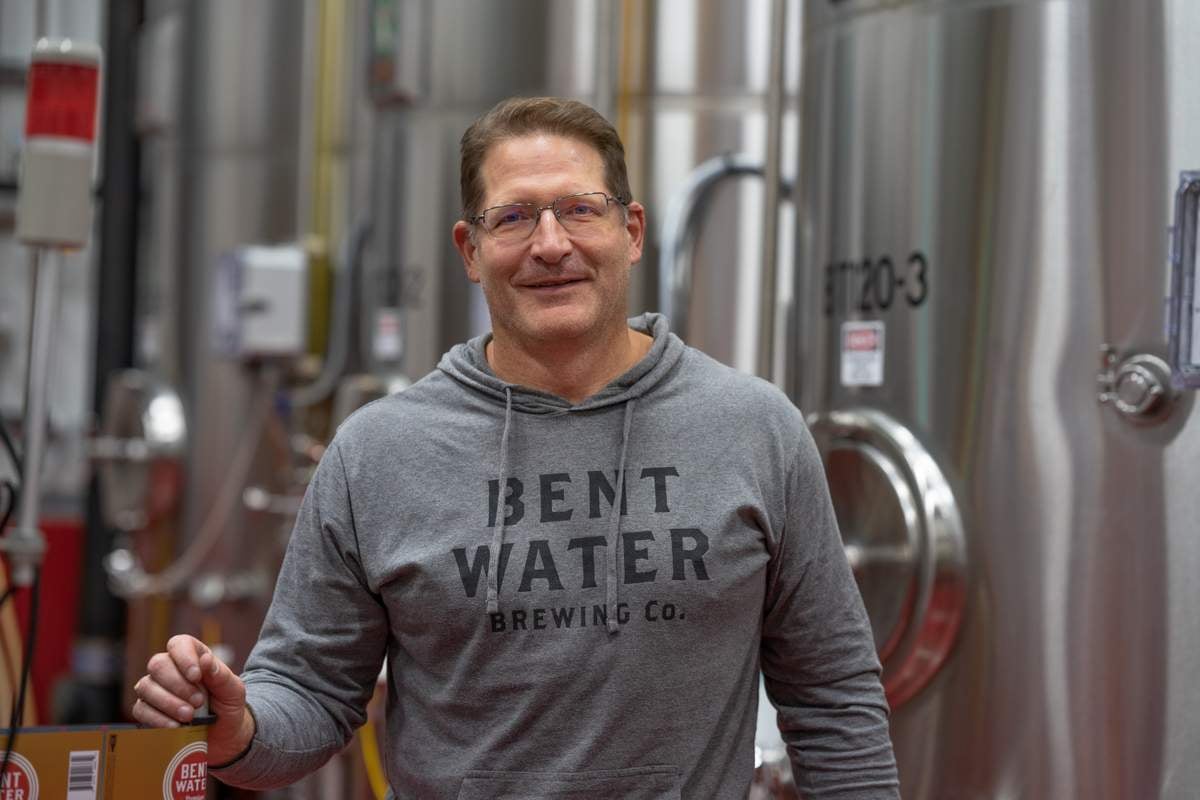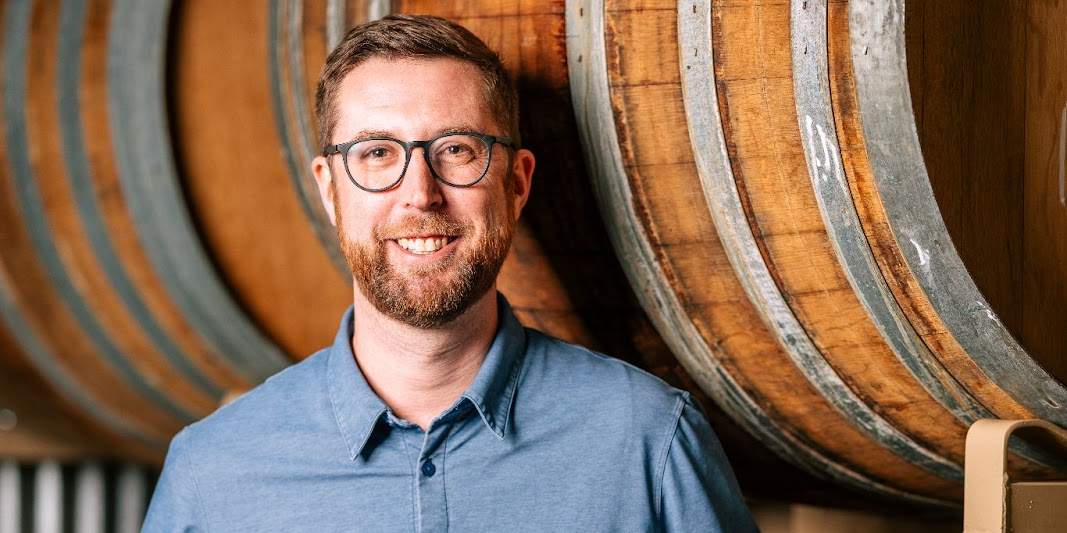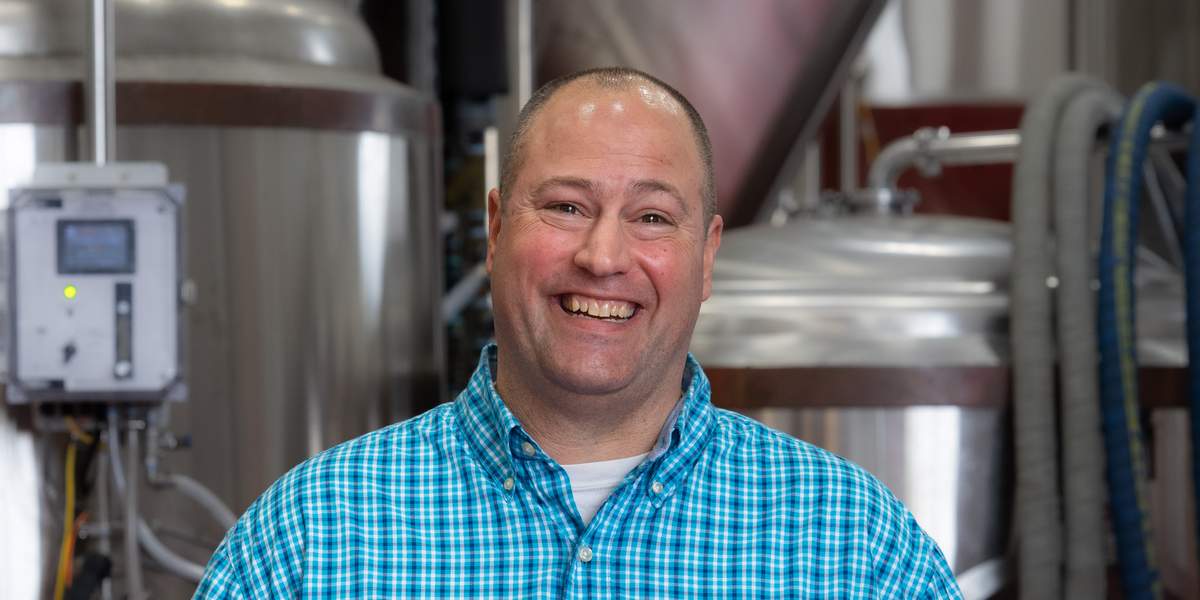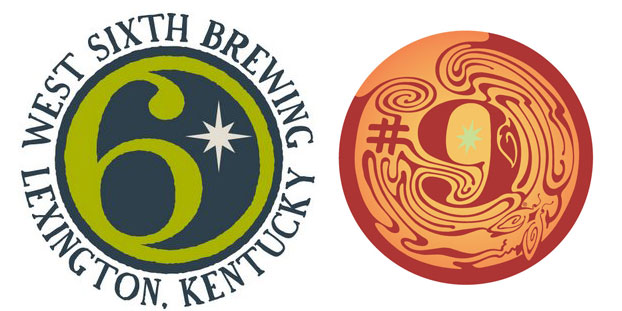
Kevin York Communications is a community-focused PR agency that works with a variety of clients — non-profits, lifestyle brands and tech startups — but the agency also has a big focus on craft beverage producers. As we approach the end of the year and beginning of 2024, KYC asked some of its craft beer clients to evaluate the industry’s current state and provide insights and predictions on trends for the new year. They then passed these insights along to us, which we have posted below. Given the present uneasiness in the craft beer industry, we thought it would be interesting to hear what craft breweries are predicting for 2024 — how breweries are adapting, what beer styles will be next to trend, on-premise vs. off-premise sales and lots more. Let’s start with…
Rob Lutz
Brewmaster, GM and Cofounder of StormBreaker Brewing (Portland, Oregon)

Festivals
Festivals and industry events still haven’t fully recovered in this post-COVID world. I think that in order for festivals to make a comeback and be successful again, breweries and event organizers are going to need to be more creative in what they offer. I love going to festivals and hanging out with friends at these events, as I think most attendees do, but with the state of the economy and competition for people’s time, it’s becoming increasingly important that events are “worth it,” both financially and experientially.
For example, StormBreaker’s Brewstillery Fest, which we put on every year, pairs a local distiller with a local brewer to come up with the perfect beer and spirit pairing. We’ve created a more curated experience that goes beyond what’s traditionally offered at a beer festival. With the rising costs of attending a beer fest, we as an industry need to constantly be assessing the full experience for attendees to make sure we’re providing something they deem worthy of spending their money on.
Beer styles
I think we are going to see a number of things in the coming year. Two really stand out to me as far as beer styles:
I think we will see more and more people experimenting with new hop products, specifically hop extracts and oils. But the rationale for this experimentation will go beyond maintaining and expanding the aromatics and flavors of IPAs. Hop extracts and oils can also support increasing yields and therefore increasing profits. With the rising cost of ingredients (and most everything else these days), maximizing what you can get from these expensive ingredients is paramount. For the most part, the industry hasn’t been able to raise our prices to keep up with the cost increases we’re all absorbing, so we must get creative with how we make up for this.
Pilsner styles will continue to be expanded upon. While the traditional Czech and German styles have become more popular, we’ve also seen consumers gravitate toward more creative or experimental variations of pilsners. I keep seeing West Coast Pilsners pop up, and that may be a style that catches the eyes of more brewers in the next year. But truthfully I’m not sure how this is different from the IPLs that we saw a few years ago. At StormBreaker we’ve gone in a slightly different direction as we’ve leaned into pilsner experimentation and have now brewed a New Zealand Pilsner, French Pilsner and Italian Pilsner, amongst others. We’ll continue to explore other ways in 2024 to spice up a style we love to see getting more and more traction.
Aaron Reames
President and Cofounder of Bent Water Brewing Co. (Lynn, Massachusetts)

Distributors that only focus on craft beer will go away.
A diversified portfolio from large, sophisticated teams will continue to enable broad retail success. A craft beer-only portfolio offers focus, but is offset by small teams and higher execution risk within large retail.
On-premise same store sales will remain below pre-pandemic levels.
Rapid interest rate tightening is draining spending capacity. Rent, variable mortgage, credit card or variable personal/business loans are all impacting spending, especially on the backdrop of wages. The end of stimulus checks are also impacting some discretionary spending, as is the end of many debt relief or deferral programs, such as student loans.
High competition and margin compression will drive innovation.
Technology or new ways of doing business will drive down the cost of customer acquisition. Telesales vs. in-person sampling is a good example as more retail beer buyers work remote. Products that drive new curiosity and demand are another good example. Novel collaborations and partnerships can increase buying power and decrease overall cost.
Brady Barlow
Cofounder of West Sixth Brewing (Lexington, Kentucky)

Distribution landscape
I think craft will be flattish with possible 3 percent upside in distribution. I am worried about chain responses to trends in the marketplace. We are interested in expanding our territory slightly but it has to be measured and logical. Maximizing distribution through reinvigorated relationships or new relationships will be key for us in 2024.
Events and festivals
I see continued upside in this area especially for those breweries who give a great experience. I think the growth is single digit, but the barriers to entry for other breweries is pretty substantial which literally comes down to organization and quality of product and staff.
The evolution of the taproom experience
I think that taprooms are going to have to innovate more than ever as consumers migrate back from taprooms to traditional bars. Events are key. Increased community engagement is key. Food helps for sure.
Owned premise landscape
For us, taproom location growth is still a priority, but with taprooms performing at a lower level than previous years, the urgency to expand has decreased. Investment in these new locations must be examined more closely than in years past.
Beer styles
Everyone is jumping into lagers, but I see this softening in the new year. For us, focusing on our hop profile and even expanding it further should be the path.





Leave a Reply
You must be logged in to post a comment.